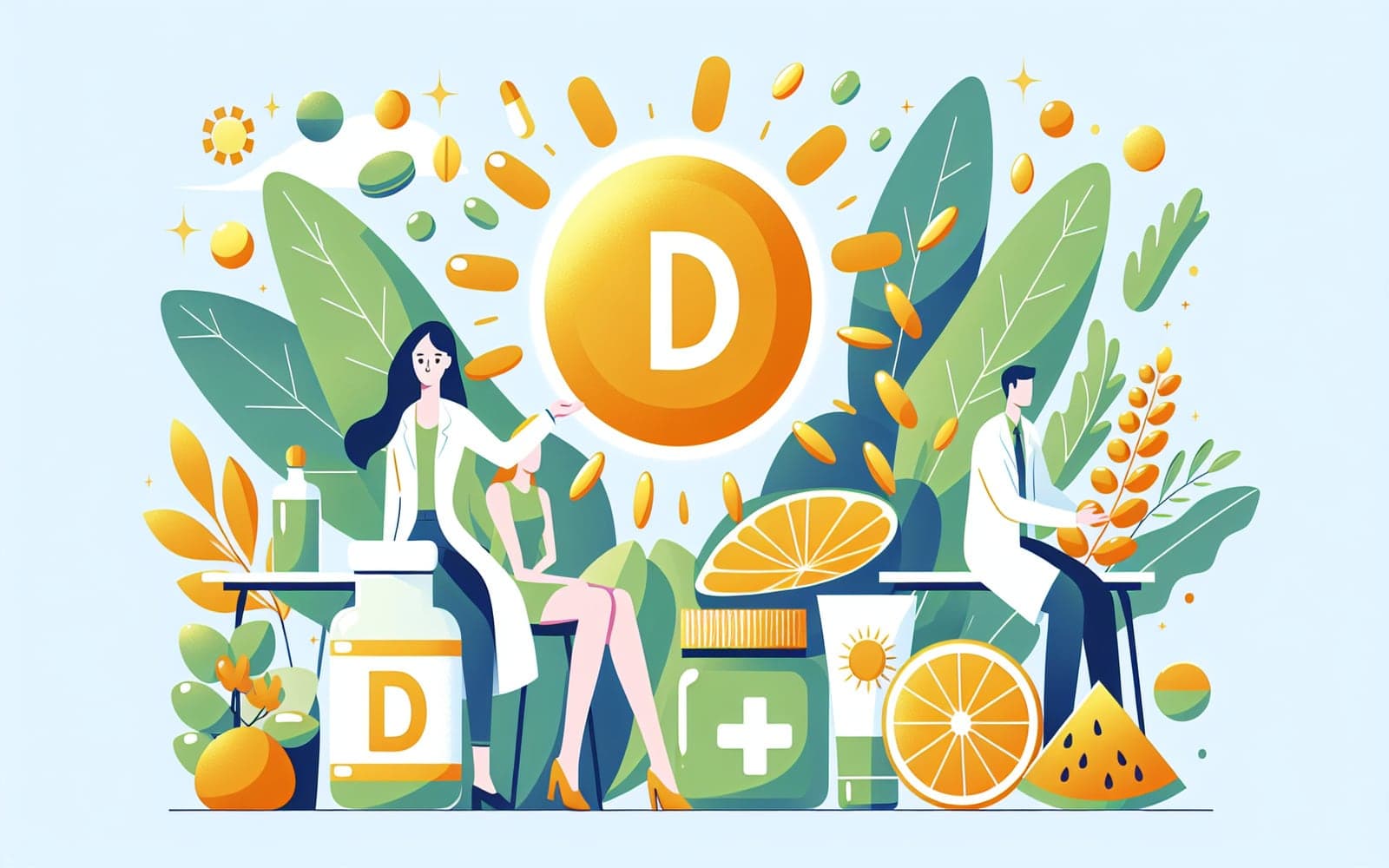Boosting Your Vitamin D: Effective Strategies for Overcoming Deficiency
Published: Sep 14, 2024
Vitamin D deficiency is common, but it's also treatable. Discover effective strategies to boost your levels and improve your overall health.
Contents
Sunlight: Nature's Vitamin D Source
Sunlight exposure is the most natural way to boost vitamin D levels. Your skin produces vitamin D when exposed to UVB rays. Aim for 10-30 minutes of midday sun exposure several times a week, depending on your skin tone and location. Remember to balance sun exposure with skin cancer prevention.
Dietary Sources of Vitamin D
While it's difficult to get enough vitamin D from food alone, certain foods can help. Fatty fish like salmon and mackerel, egg yolks, and mushrooms exposed to UV light are good natural sources. Many foods are also fortified with vitamin D, including milk, orange juice, and cereals.

Vitamin D Supplements
For many people, especially those at high risk of deficiency, supplements are necessary. Vitamin D3 (cholecalciferol) is generally recommended over D2 (ergocalciferol). Dosage depends on your current levels and risk factors. Always consult a healthcare provider before starting supplements.
Monitoring and Adjusting Treatment
After starting treatment, it's important to recheck your vitamin D levels. This usually happens after 3-4 months. Your healthcare provider may adjust your treatment plan based on these results. Remember, it can take time to correct a deficiency, so be patient and consistent with your chosen treatment strategy.
Frequently Asked Questions
It typically takes several months of consistent treatment.
Yes, but it's rare and usually from excessive supplement use.
D3 is generally considered more effective at raising vitamin D levels.
They can increase vitamin D, but aren't recommended due to skin cancer risk.
Yes, it can interact with several types of medications.
Wrapping Up
Overcoming vitamin D deficiency often requires a combination of sun exposure, diet changes, and supplements tailored to your individual needs.
References
- Holick MF. Vitamin D deficiency. N Engl J Med. 2007;357(3):266-281.
- Nair R, Maseeh A. Vitamin D: The 'sunshine' vitamin. J Pharmacol Pharmacother. 2012;3(2):118-126.
- Tripkovic L, Lambert H, Hart K, et al. Comparison of vitamin D2 and vitamin D3 supplementation in raising serum 25-hydroxyvitamin D status: a systematic review and meta-analysis. Am J Clin Nutr. 2012;95(6):1357-1364.
This article has been reviewed for accuracy by one of the licensed medical doctors working for Doctronic. Always discuss health information with your healthcare provider.
AI Doctor Visit Required
Appointments available 24/7
15-min consultation. No hidden costs.
AI Doctor Visit Required
For safety reasons we have been forced to end this consultation.
If you believe this is a medical emergency please call 911 or your local emergency services immediately.
If you are experiencing emotional distress, please call the the Suicide & Crisis Lifeline at 988 or your local crisis services immediately.
Contact us
You can also email us at help@doctronic.ai
We aim to reply within 5-7 days
How likely are you to recommend Doctronic to friends or family?


